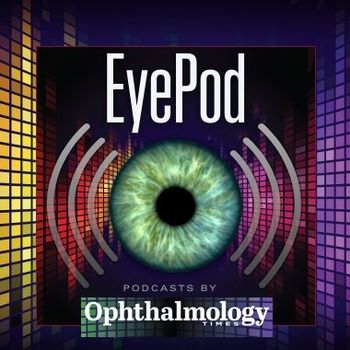
Retina Society 2024: The new haven SEEN program: Addressing adverse social determinants of health to prevent blindness
The Sight-Saving Engagement and Evaluation in New Haven (SEEN) Program successfully identified and engaged individuals at high risk for diabetic retinopathy (DR) who had social determinants of health and co-morbidities, according to Kristen Harris Nwanyanwu, MD, MBA, MHS, Associate Professor of Ophthalmology and Visual Science, Yale School of Medicine, New Haven, CT, and Principal Investigator of the NIH-funded SEEN Program.
She presented her findings at the 57th 2024 annual meeting of the Retina Society, Lisbon.
Nwanyanwu and colleagues designed a program of community engagement to intervene in the urban population and provide coordinated patient care for participants at high risk of developing DR and then test the program’s effectiveness.
They used the Yale New Haven Health electronic health record (EHR) to identify participants who were at high risk of blindness from DR. The study included adults with diabetes who had not undergone an eye examination within 1 year of outreach.
She described that the participants were screened using the SEEN risk calculator, which includes glycemic control (hemoglobin [hbA1c]) and systemic co-morbidities of hypertension, stroke, heart attack, non-healing foot ulcers, renal failure, and cholesterol. Participants who were found to be in the highest quartiles of 3- or 5-year risk for progression (range, 18%-25%) were invited to participate via telephone or EHR outreach.
After providing informed consent, the enrolled participants underwent a comprehensive eye examination with fundus photography and optical coherence tomography, viewed a DR educational video, and met with Project Access New Haven (PA-NH), a partner to the SEEN Program and a program in the greater New Haven area that increases access to medical care and service for underserved members of the population.
Each participant completed a questionnaire to identify adverse social determinants of health. PA-NH addressed the determinants and engaged the participants quarterly.
SEEN Program participants
The program recruited 35 participants (women, 52%; mean age ± standard deviation was 52.3 ± 13.7 years). The mean HbA1c was 10.3% ± 2.5%. Most participants were non-Hispanic (73.5%), followed by 42.9% of black participants. Most participants had public insurance (85.7%), and all had a primary care provider. Eighty percent of participants reported a history of stroke and over 25% reported having had an acute myocardial infarction.
Regarding DR, the average 3-year risk of progression was 22%, and the 5-year risk was 27%. The mean visual acuity was 20/25 (Early Treatment of Diabetic Retinopathy Study letter score, 80 ± 10). Over 70% of participants did not have DR. We identified adverse social determinants of health in over 70% of participants, of whom all those with DR had adverse social determinants of health;those who did not have adverse social determinants of health did not have DR.
Nwanyanwu concluded, “Most high-risk participants in the SEEN Program who were not engaged in eye care did not have DR. All participants with DR had adverse social determinants of health. The SEEN Program identifies and engages those at high risk for DR with social determinants of health and co-morbidities.”
Reference:
Nwanyanwu K. Sight-Saving Engagement and Evaluation in New Haven (SEEN) Program Identifies and Addresses Adverse Social Determinants in Individuals at High-Risk for Blindness. Presented at: 57th 2024 annual meeting of the Retina Society, September 11-15, Lisbon. Session: Diabetic Retinopathy I.
Newsletter
Don’t miss out—get Ophthalmology Times updates on the latest clinical advancements and expert interviews, straight to your inbox.













































